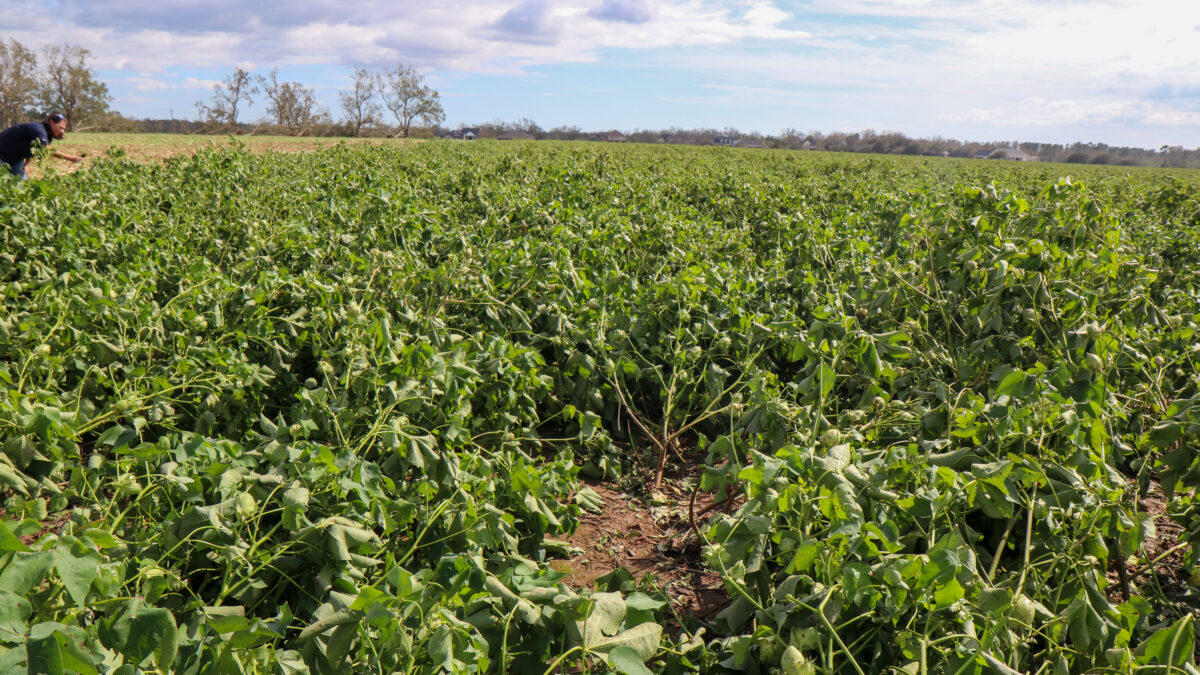Remembering the Great Flood of 1993
Guest Author
Special Contributor to FB.org

photo credit: Alabama Farmers Federation, Used with Permission
Guest Author
Special Contributor to FB.org
By Blake Roderick
The summer of 1993 will not soon be forgotten. Beginning with the winter snow melt and never-ending torrential spring rains, the rivers of the Midwest flooded and didn’t recede until late August.
Most of those fighting the flood caught only glimpses of what was happening outside of their little part of the world while the flood fight was on. They’d catch up on the “Great Flood of 1993” after the waters retreated from their land.
Even though the Flood of 1993 was a disaster, it did bring out the best in Americans.
Kevin Keithly, a farmer and member of the Pike County (Illinois) Farm Bureau board of directors, called the flood a “slow-motion disaster.” He witnessed first-hand the destruction caused when the Sny Island levee breeched and flooded 40,000 acres in Pike County, Illinois, across from Hannibal, Missouri.
He, like thousands of other farmers along the Mississippi, Missouri, Illinois, Des Moines and dozens of other rivers and streams, lost their crops, buildings, homes, and to some degree, hope, that historic summer.
Farmers weren’t alone in losing everything. They were joined by residents of towns and cities as well as businesses across nine states in the nation’s heartland.
The best estimate tallied flood damages exceeding $15 billion, which equates to $26 billion today. Flood waters ruined farms and homes, destroyed water and sewage treatment plants, energy and communications infrastructure, and closed down transportation throughout the Midwest for months.
Even though the Flood of 1993 was a disaster, it did bring out the best in Americans. Natural disasters seem to do that in this country. This flood was no different.
Whether filling sandbags at Pittsfield High School miles from the rivers, passing sandbags to National Guard troops in Keokuk, pumping out classrooms in Manhattan or distributing food and water for the Salvation Army in Chesterfield, people from across the country turned out to help.
What you see now in the remembrances of the flood don’t capture what really went on that summer 25 years ago. Then Illinois Director of Agriculture Becky Doyle, in a few words, captured that summer of 1993: “Nothing can depict the sweaty, back-breaking sandbag work, the brilliant farmer guardians of the levees (with no degrees in structural engineering or water hydraulics, but experts nonetheless), the exhausted grief when Herculean measures didn’t work, the empathy and generosity of ‘dry’ neighbors and strangers alike, nor the camaraderie that was forged in adversity and sustained over the years.”
Since 1993, we’ve fought many more floods. We are in an ongoing debate with our federal and state governments over flood control and flood protection. Twenty-five years later, the land that was flooded remains at risk of flooding again. This anniversary reminds us to remain vigilant and redouble our efforts to protect our lives and livelihoods against raging flood waters.
We’ve learned many lessons since the Great Flood of 1993. The most enduring lesson is the resilience of American farmers to rise up from adversity, kick the mud off their boots, and look forward to the next season of doing their part to feed the world – no matter what Mother Nature throws out.
Blake Roderick is executive director of the Pike and Scott County Farm Bureaus in west central Illinois. His members farm and live along the Mississippi and Illinois rivers. He has worked on many water issues over his 37-year career with Farm Bureau.
Top Issues
VIEW ALL